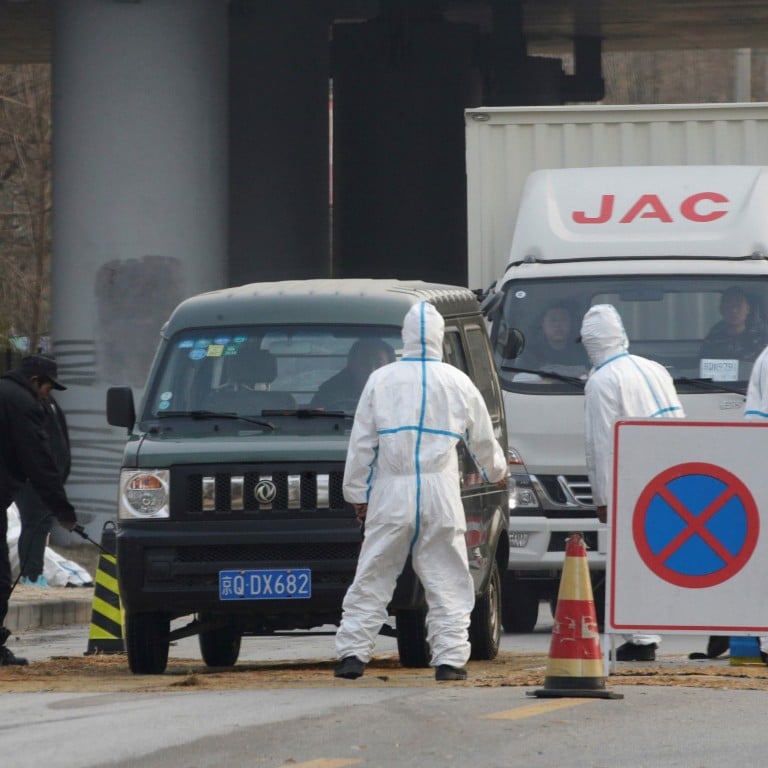
China’s hog crisis adds up to rising global pork prices, and hedge funds are along for the ride
- African swine fever has had a devastating impact on China’s sow breeding herd
- Weekly US commodity futures data shows money managers have flipped back to bullish from bearish on the outlook for pork prices
There are finally enough signs of an emerging pork catastrophe in China to propel prices and get funds to turn bullish again.
African swine fever, which is highly lethal and difficult to contain, was first reported in China last August. It’s taken time for the disaster to play out, but it’s arrived. Pork prices in the Asian nation have shot up, and the Chinese government said its sow breeding herd was down about 15 per cent. That decline is bigger than the entire herd of North America.
Earlier this month, China made its third-biggest weekly purchase of pork from the US ever, and on Thursday the pace of exports increased despite a massive tariff. The US Department of Agriculture expects total Chinese pork imports to jump 28 per cent.
“That flipped the psychology in this market,” Dan Norcini, an Idaho-based independent livestock futures trader, said of the purchase. “Finally people were waking up.”
Futures have skyrocketed, with the most-active June contract up 26 per cent in March to the highest since it started trading in late 2017.
Money managers have flipped back to bullish from bearish on hogs as long positions outnumbered short ones by 8,090, weekly US Commodity Futures Trading Commission data on futures and options show. Holdings had been net-short by 3,633 positions a week earlier.
Helping fuel the rally is the notion that hog casualties in China are probably bigger than what’s been officially reported by the government. Vietnam reported its first cases in February, and has already reported nearly double the number of Chinese cases. China has many times the animals, and the disease has been spreading for months throughout the nation.
A hole in Chinese production of say 20 per cent means there will not be enough pork in the world and prices will have to “increase significantly” in order to ration out supplies, said Altin Kalo, an analyst at Manchester, New Hampshire-based Steiner Consulting Group.
Even if China starts to buy more pork from the European Union or Canada, other importers relying on those countries’ supplies eventually may end up at US producers’ doors.
The number of swine fever outbreaks is “certainly under-reported,” Kalo said. “Everyone knows that it’s worse than what it’s made out to be.”
There are still unknowns that could hamper the rally, and add even more volatility to a market that is swinging wildly. While there’s little doubt that African swine fever is inflicting damage on China’s herd, there’s still the question of how much Chinese buying will materialise. Supplies are big in the US, and exports were hampered by trade tariffs.
Markets may react if more purchases do not show up in weekly trade data, said Will Sawyer, an animal protein economist at CoBank. Chinese buyers might go elsewhere, like to the EU, Canada or Brazil, before coming to the US, which would delay demand for US pork. Politics will play a role, as a trade war continues between the US and China. Consumers in the Asian nation may turn to other proteins like chicken.
“Timing is everything,” Sawyer said, and that “can drive a lot of upside and downside.”

